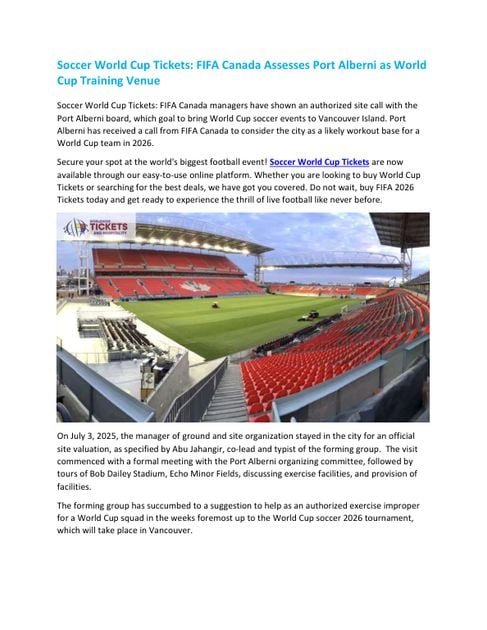Soaring through the sky in an airplane is a dream shared by many. Whether you’re a licensed pilot or an aviation enthusiast, utilizing aircraft comes with unique considerations, including understanding the costs involved. Let’s explore the factors contributing to the rates related to an airplane and show how pilots and enthusiasts can navigate this world effectively.

- The Type of Aircraft:
One crucial aspect influencing airplane rates is the type of aircraft being utilized. Different categories of airplanes come with varying rental fees based on factors such as size, capacity, range, age, and maintenance requirements. For instance, smaller airplanes like single-engine trainers tend to have lower hourly rates than larger jets or twin-engine turboprops.
- Fuel Prices:
Fluctuating fuel prices have a significant impact on airplane rates. As any experienced pilot knows, fuel costs make up significant operating expenses. While you cannot control these prices directly, staying aware of changes in fuel costs can help you plan your flights efficiently and mitigate any unforeseen financial burdens.

- Insurance:
Airplane insurance is another critical consideration when understanding airplane rates. Insurance coverage is vital for both pilots and owners alike. Insurance premiums may vary significantly depending on the pilot’s experience level and the aircraft’s value. Shopping around for policies offering adequate coverage at reasonable rates is essential to ensure peace of mind and financial stability.
3. Rental Fees versus Ownership Costs:
For those who do not own their aircraft but wish to rent one instead, rental fees are an essential factor to consider. These fees generally include base hourly or daily rental charges and additional costs such as fuel surcharges and maintenance expenses incurred during your time with the aircraft.

In comparison, owning an aircraft comes with expenses, which need careful evaluation before purchasing. These expenses may include financing costs, depreciation, hangar fees, insurance premiums, maintenance and inspection charges, etc. Pilots and enthusiasts must weigh the short-term convenience of renting against the potential long-term cost savings of ownership before deciding.
- Additional Costs:
Besides rental fees or ownership costs, pilots and enthusiasts need to be aware of other expenses that could affect their overall budget. These additional costs may include landing fees at airports, parking fees for overnight stays, payment for any specialist technical support services required during flights, subscription fees for aviation services or navigational aids, licensing and certification renewals for pilots, and regulatory compliance requirements. Aside from these, you will also be required to obtain licenses to fly your aircraft. Each flying school offers different types of programs, and based on the extent of expertise you want to master, you can register and kickstart your flying journey.
- Utilizing Flight Clubs:
Joining a flight club can be an advantageous way to access aircraft at a lower cost. Flight clubs often offer reduced rental rates for members due to shared ownership and bulk fuel purchasing. Additionally, joining a club can provide numerous networking opportunities within the aviation community where pilots can share knowledge and experiences.
- Timing Flexibility:
Flexibility in flight scheduling also plays a significant role in managing airplane rates efficiently. Due to increased user competition, peak travel seasons or high-demand periods often incur higher rental fees. Planning trips during off-peak seasons or adjusting their schedules to take advantage of available discounts or promotional offers contributes towards lowering overall costs in the long run.
Bottomline
Understanding the various elements contributing to airplane rates is crucial for pilots and aviation enthusiasts looking to maximize their flying adventures while staying within their budgetary constraints. Considering factors such as aircraft type, fuel prices, insurance coverage costs, rental fees versus ownership expenses, additional costs associated with flying operations like landing or parking fees along with subscribing to membership solutions through groups like flight clubs coupled with timing flexibility can go a long way in ensuring an enjoyable experience without breaking the bank. So, next time you prepare for your upcoming airborne adventure or simply wish to explore the fascinating world of aviation more closely, becoming familiar with the intricacies of aircraft rates will help you confidently navigate this skyward journey.
Discover more from Bibliobazar Digi Books
Subscribe to get the latest posts sent to your email.



